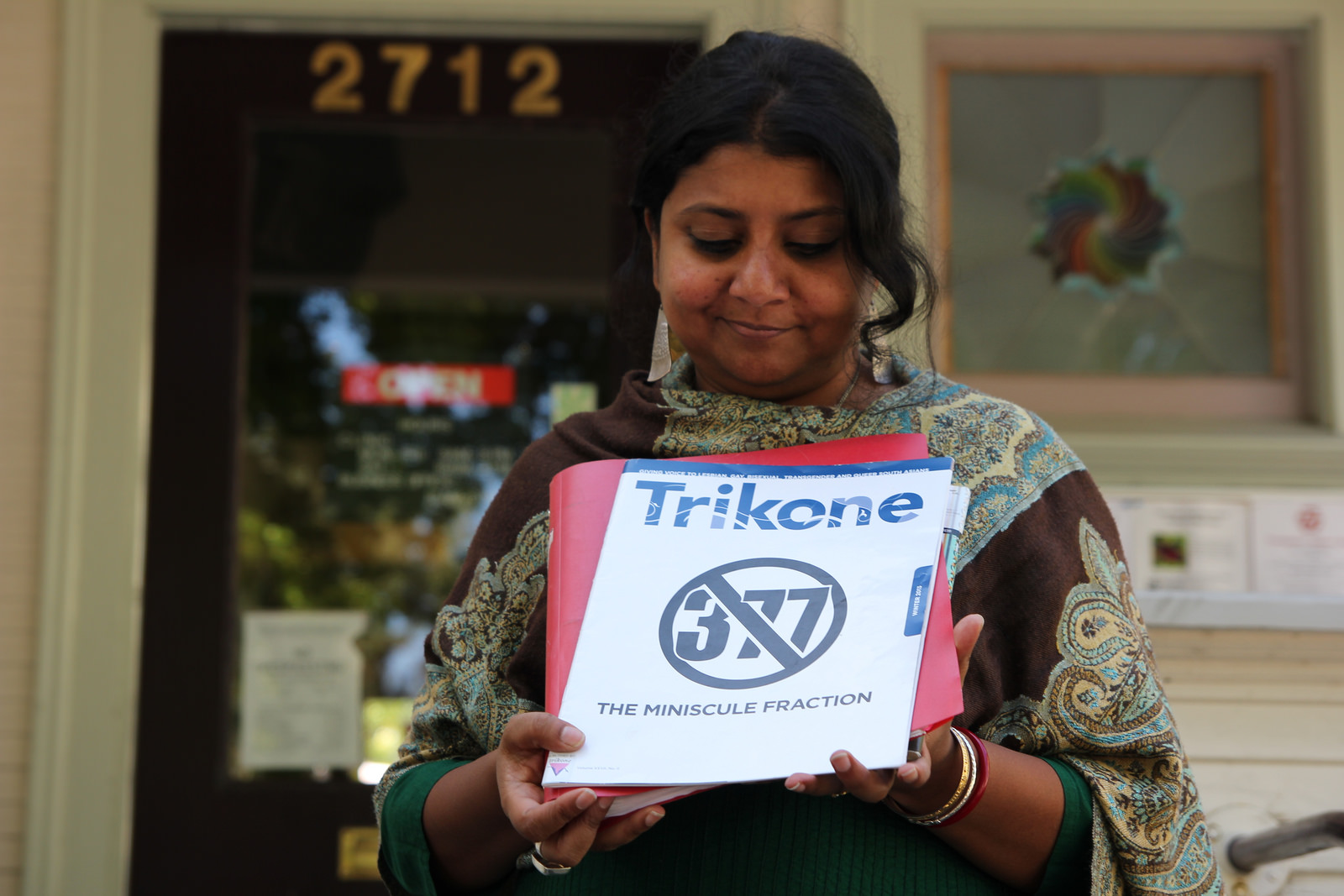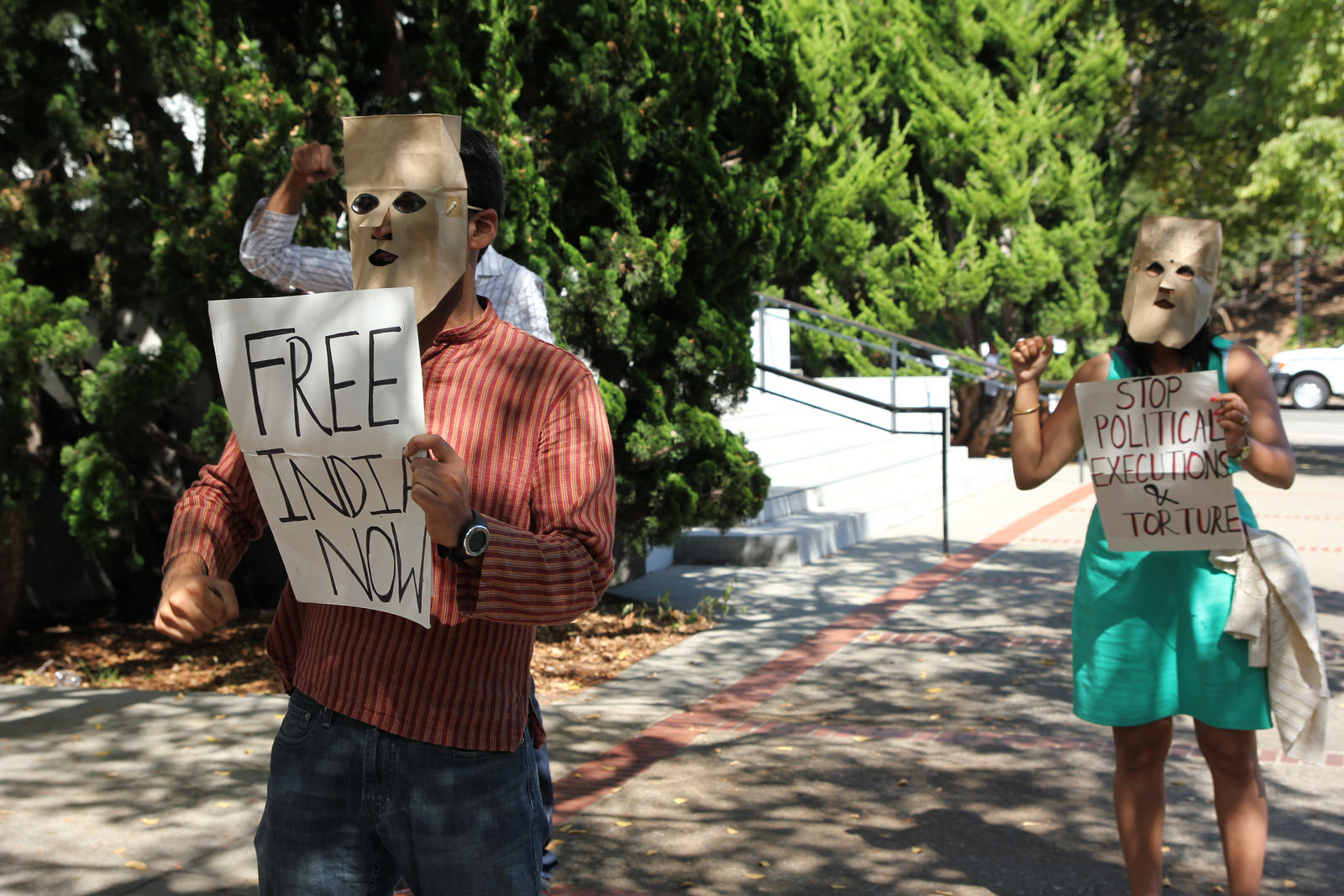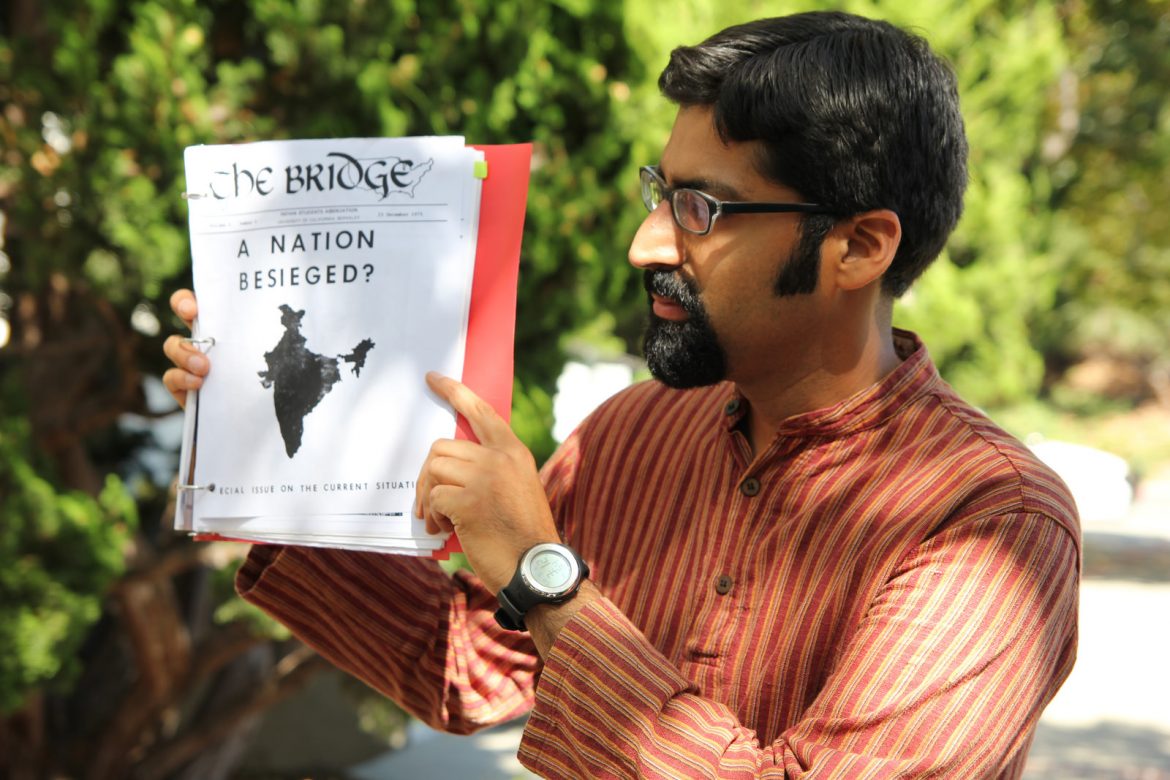Listening, Reflecting, and Learning in Community: The Berkeley South Asian Radical History Walking Tour
This past weekend API Activists from HYPHEN Magazine, the Network on Religion and Justice (NRJ), Asian Prisoner Support Committee (APSC), Chinese for Affirmative Action, APEX Express, and API Equality – Northern California gathered to support the work of the Alliance of South Asians Taking Action (ASATA) and the folks from the Berkeley South Asian Radical History Walking Tour.
We came together, reflected, and came together as the AACRE Network to learn deeper about the very important and radical history of South Asians in Berkeley. Check out the following quotes from tour participants and the tour leaders themselves!
![[AACRE] BSARHWT 1](http://www.apiequalitync.org/wp-content/uploads/2014/09/AACRE-BSARHWT-1.jpg)
“I think it’s very important to know about Asian and Pacific Islander stories, but it tends to be very East Asian centric. To hear about South Asian and Desi history really helped me understand my own privileges. The way the tour was conducted not only portrays the way South Asians in Berkeley impacted the local community but also how they broke down international borders.”
-Vida Kuang, API Equality – Northern California
“This tour really changed the way I see myself in Berkeley and in the US. As an immigrant to this country I often struggled with the idea of where home was. Discovering these stories of resistance right here where I live started a process of feeling rooted and invested in the community where I live, like never before. Every time I go through the collective experience of sharing these stories with tour participants I find renewed inspiration to work on big issues like climate change. The tour really has helped me find my home in the movement.”
-Barnali Ghosh, Tour Leader, Berkeley South Asian Radical History Walking Tour
“I’ve done work around media production and journalism, and this tour contributed to that because I saw how ASATA organized to educate media to promote accurate representation and increased visibility. I think that’s a model that other communities and media organizations can learn from and utilize in the future.”
-Alisha, Network on Religion and Justice for LGBTQ APIs
“After going on this tour I’m reflecting on how it has changed the way I think about my own work. Something that has been impactful and powerful from the tour how this history is living and breathing. This tour was active–it spanned across different generations, different ethnic communities, different religious communities. I’m thinking about how older activists have set the groundwork for youth. We have been truly witnessing a live history that is still forming right in front of our eyes. I feel deeply connected to it, and I feel inspired to take these tools of storytelling and acting and sharing information to my own work. How do I make my own work connected to a deep and real history?”
-Grace Lee, Chinese for Affirmative Action

“I chose to come on the tour because the voice of South Asians has been very minimal in literature and history from what I’ve experienced–especially in Berkeley. Going to the different sites and seeing these large communities was a process of learning more knowledge and gaining more information on how to be a better ally as well for my community and for the south asian community.”
-Onieda Chi, Network on Religion and Justice for LGBTQ APIs
“The tour has been a transformative experience. When I started, I thought of these narratives as marginal to our communities’ larger stories. That changed after we started talking to attendees, many of whom have no activist leanings, and yet often find themselves shocked, moved, and sometimes in tears upon discovering our century-long histories of resistance. Our stories aren’t marginal—they’re central to understanding who we are, how we got here, and the choices we can make today.”
-Anirvan Chatterjee, Tour Leader, Berkeley South Asian Radical History Walking Tour
“I chose to come on the tour because I grew up for most of my life in Fremont and we have a huge Desi and Indian population. Yet, I still realize that there is not much about the Indian-American community or the South-Asian American community that I know and understand. This tour was the perfect opportunity for me to reflect on my experience growing up and tie in my work with immigration and systems of oppression, all while learning about the impact of history and social movements.”
-Michelle Yeung, Chinese for Affirmative Action

“There was a moment on the tour that reminded me how these histories are truly real and dynamic. Barnali and Anirvan just finished telling a story about South Asian students from the Indian Students Association. UC Berkeley students protesting against the state of Emergency that was called in India. One participant of the tour, someone’s mom, raised her hand and spoke about how she hadn’t thought about The Emergency in ages, but because of this tour, she remembered being a university student herself in the 1970’s. She remembered being the only female protesting at her university in Kolkata over 35 years ago. I had chills.”
-Sammie Wills, API Equality – Northern California
Click here for more sneak peak pictures! And, for a deeper look into the Berkeley South Asian Radical History Walking Tour, read Bryan Chen’s reflection from earlier this summer. To get the full experience (we highly recommend it) be sure to catch the tour yourself and book tickets today!
(Editor’s Notes: 1. An earlier version of this post incorrectly identified the location of The Emergency protest
2. An earlier version of this post did not yet include the quotes from the tour leaders.)

